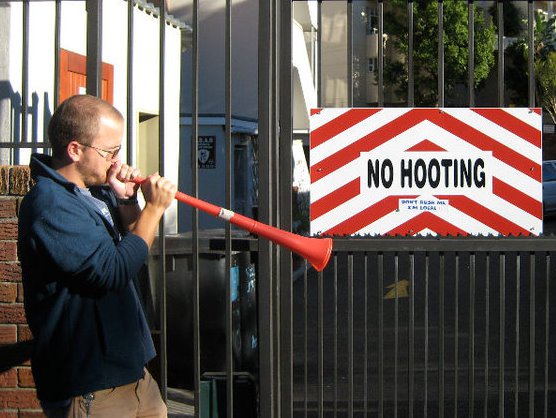I am between 5' 7'' and 5' 8'', which depending on the study puts me 2-3 inches shorter than even the American average. But Americans as a whole are now about the shortest people in the industrialized world. NPR had an interesting piece on this (h/t John Messie):
Through most of American history, we’ve been the tallest population on the planet. Americans were two inches taller than the Englishmen they fought in the Revolutionary War, thanks to abundant food and a healthy rural life, far from the disease-ridden cities of Europe.An excellent New Yorker article from several years by Burkhard Bilger ago laid it out in great detail:
But we’re no longer at the top. Northern Europeans are now the world’s tallest people, led by the Dutch. The average Dutch man is 6 feet tall, while the average American man maxes out at 5-foot-9.
Good health care and good nutrition during pregnancy and early childhood are two reasons why the Dutch have grown so tall, Komlos says. In addition, the Dutch guarantee equal access to critical resources like prenatal care. That’s not the case in the United States, where 17 percent of the population has no health insurance.
Then something strange happened. While heights in Europe continued to climb, Komlos said, “the U.S. just went flat.” In the First World War, the average American soldier was still two inches taller than the average German. But sometime around 1955 the situation began to reverse. The Germans and other Europeans went on to grow an extra two centimetres a decade, and some Asian populations several times more, yet Americans haven’t grown taller in fifty years. By now, even the Japanese—once the shortest industrialized people on earth—have nearly caught up with us, and Northern Europeans are three inches taller and rising.Bilger comes to the provisional conclusion that it's widening income inequality and our lousy healthcare system that's holding us back:
The average American man is only five feet nine and a half—less than an inch taller than the average soldier during the Revolutionary War. Women, meanwhile, seem to be getting smaller. According to the National Center for Health Statistics—which conducts periodic surveys of as many as thirty-five thousand Americans—women born in the late nineteen-fifties and early nineteen-sixties average just under five feet five. Those born a decade later are a third of an inch shorter.
Just in case I still thought this a trivial trend, Komlos put a final bar graph in front of me. It was entitled “Life Expectancy 2000.” Compared with people in thirty-six other industrialized countries, it showed, Americans rank twenty-eighth in average longevity—just above the Irish and the Cypriots (the Japanese top the rankings). “Ask yourself this,” Komlos said, peering at me above his reading glasses. “What is the difference between Western Europe and the U.S. that would work in this direction? It’s not income, since Americans, at least on paper, have been wealthier for more than a century. So what is it?”
The obvious answer would seem to be immigration. The more Mexicans and Chinese there are in the United States, the shorter the American population becomes. But the height statistics that Komlos cites include only native-born Americans who speak English at home, and he is careful to screen out people of Asian and Hispanic descent. In any case, according to Richard Steckel, who has also analyzed American heights, the United States takes in too few immigrants to account for the disparity with Northern Europe.
Inequality may be at the root of America’s height problem, but it’s too soon to be certain. If the poor are pulling all of us down with them, some economists say, why didn’t Americans shoot up after the war on poverty, in the nineteen-sixties? Komlos isn’t sure. But recently he has scoured his data for people who’ve bucked the national trend. He has subdivided the country’s heights by race, sex, income, and education. He has looked at whites alone, at blacks alone, at people with advanced degrees and those in the highest income bracket. Somewhere in the United States, he thinks, there must be a group that’s both so privileged and so socially insulated that it’s growing taller. He has yet to find one.Emphasis mine. Surely there must be a sizable subgroup of people in the USA that are not in any way malnourished and able to afford the best healthcare. I am reminded of an article some time ago that I can't seem to find that proposed that height might have a social factor—that people's height is transmitted across populations to some degree. I can't find any research on that at the moment, but it would explain how Komlos was unable to find any group growing in the US. Thoughts?

Comments
Post a Comment